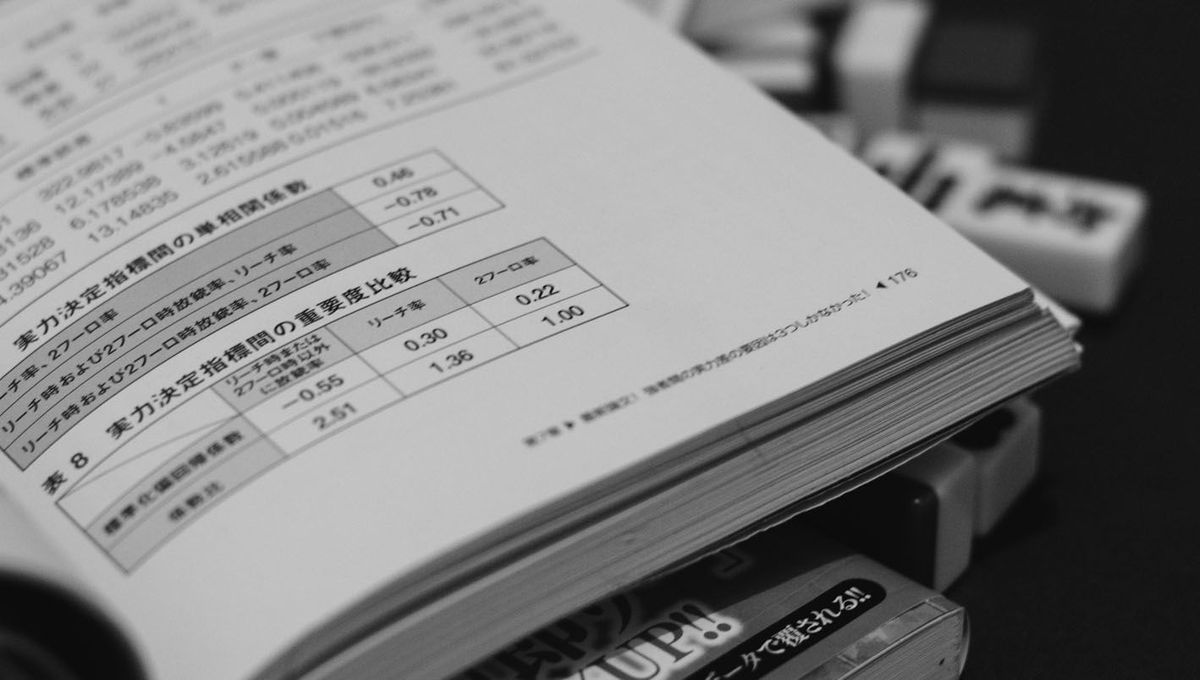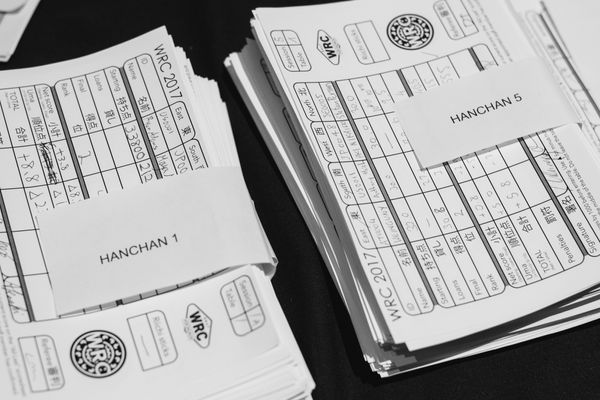Tanyao vs Yakuhai?

After a certain tournament in Europe, I stayed behind and played a few games with some other people who also stayed behind. I asked them if they wanted to play with open tanyao, since I hadn’t had a chance to do so for the entire day (given that the tournament was an EMA one), and I would like to play something I’m more familiar with. Two of them said okay, but when the third player joined she exclaimed, “Oh no, not open tanyao!” Or something to that effect. This made me curious and prompted me to ask why so many disliked open tanyao. I got a lot of answers, but most said the same thing: “It’s too fast” or “it’s too cheap” or “it’s too easy!”
Given that we have an amazing tool for data mining available, I figured I might as well use it. So, with the help of Umai I got my hands on some data, sadly not presented in graphs (because graphs are awesome that way). The rest of this post will detail the specific numbers regarding Open Tanyao (and open hands in general).
The first argument against Open Tanyao is: “European players aren’t good enough to handle Open Tanyao”. In my mind, however, practice makes perfect. You can’t get better at using Open Tanyao if you’re not allowed to use it.
For the second argument I’ll quote GRDavies (Dutch champion, if I’m not mistaken): 1) It’s relative easy and thus less skilled players tend to play that hand every time (from turn 1). Comparing to another easy Yaku, the Yaku pung (Dragon/Seat-/Roundwind), which you – most of the time – must be lucky to be paired up in the early stage of the game since the tendency is that those tiles are discarded early in the games, you have 84 of the 136 tiles (~61,8 %) with Tanyo.
I’m gonna bring maths into this, because he started it! What do we have? Our data mining comes from 19,515 game logs analyzed, where we compare Open Tanyao and Yakuhai (he did bring it up). We also look at open hands in general.
Out of 19,515 games, we have a total of 98,734 hands played. The average value of these hands is 4784.399. 77,029 (78.016%) contained at least one dora and 49,012 of the total amount (98,734) were open, or 49.640%.
Of the 98,734 hands, 23,265 (23.563%) contained tanyao (either closed or open).
18,656 (80.189%) had at least one dora.
14,477 (62.226%) of the total amount (23,265) were open.
Of the 98,734 hands, 33,775 (34.208%) contained yakuhai (either closed or open).
20,884 (61.832%) had at least one dora.
30,108 (89.142%) of the total amount (33,775) were open.
Now, since you don’t get any han for open tanyao in EMA (rather, open tanyao isn’t a valid yaku), we looked at the average hand values for open hands. This means that any hand scoring for open tanyao was discarded, and we looked only at with or without dora.
34,535 hands were open, average value was 3758.823 points
14,119 hands had no dora, average value was 2310.014 points
20,416 hands had one or more dora, average value was 4760.769
Since we’re comparing tanyao and yakuhai, we also need to look at all hands that include tanyao (open and closed).
Closed hand, no dora: 2651.660 points
Closed hand, dora: 6189.749 points
Open hand, no dora: 2071.485 points
Open hand, dora: 4533.364 points
Now we’ll look at the specific values for tanyao and yakuhai. The two hands are extremely different, according to GRDavies, so we should see rather different numbers here.
Tanyao only:
Closed, no dora: 2606.336
Open, no dora: 1171.246
Closed, dora: 7566.990
Open, dora: 4100.922
Yakuhai only:
Closed, no dora: 3441.277
Open, no dora: 2176.830
Closed, dora: 6972.059
Open, dora: 4570.784
Oh my. I’ll repeat what a lot of people say about open tanyao: it’s a skill-less, cheap hand. A lot of people are also irritated by it since people go for it all the time. Well, suffice to say, people go for an open yakuhai hand a lot more often. There are a few curious numbers in our results, so I’ll touch on them:
Tanyao will more often than not have a dora – remember that you have three static dora (red fives) as well as a dora that will be within the tanyao range more often than not (around 62% of the time).
I’m really quite tired of the open tanyao debate. I find that the people against open tanyao have no real arguments to support their position, and are only afraid of change itself. But personally I’ve moved on. Thanks to Umai for digging up the data though, I do love when numbers prove my points.



